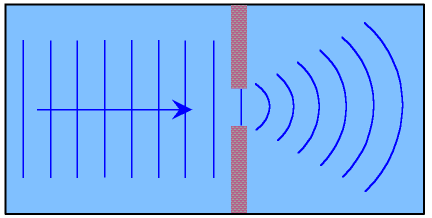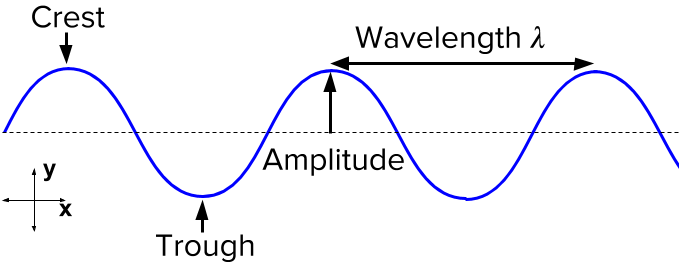

Constructive interference: when the light waves are in sync, this creates bright spots on the wall. Destructive and constructive interference occurs when the waves collide. The black-and-white pattern proves that light behaves like a wave. The light that appears on the wall behind the slits is scattered and absorbed by the wall, which is a characteristic of a particle. The wave characteristics of light cause the light to pass through the slits and interfere with itself, producing the light and dark areas on the wall behind the slits. In his experiment, he sent light through two closely spaced vertical slits and observed the resulting pattern on the wall behind them. The double-slit experiment, also called Young’s experiment, shows that matter and energy can display both wave and particle characteristics. Without diffraction and interference, the light would simply make two lines on the screen. Young’s Double Slit Experiment: Light is sent through two vertical slits and is diffracted into a pattern of vertical lines spread out horizontally. When the waves have opposite amplitudes at the point, they meet they can destructively interfere, resulting in no amplitude at that point. Constructive Interference: Pure constructive interference of two identical waves produces one with twice the amplitude, but the same wavelength.ĭestructive interference is when two waves add together, and the result is a smaller displacement than would have been the case. In constructive interference, the two amplitudes of the waves add together and result in a higher displacement than would have been the case if there were only one wave. Interference can be constructive or destructive. Interference usually refers to the interaction of waves that are correlated or coherent with each other (i.e., “interfere” with each other), either because they come from the same source or because they have the same or nearly the same frequency. In physics, interference is a phenomenon in which two waves (passing through the same point) superimpose to form a resultant wave of higher or lower amplitude. Unlike solid objects, two waves can share a point in space. In Young’s Double-slit experiment, a coherent light source goes through 2 small slits to create a dark and white pattern on a wall beyond the slits.

Interference occurs when multiple waves interact with each other and is a change in amplitude caused by several waves meeting.


 0 kommentar(er)
0 kommentar(er)
